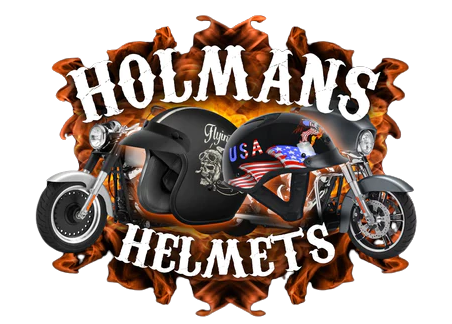5 Essential Features to Look for When Buying a Motorcycle Helmet
1. Safety Certification
When selecting a motorcycle helmet, the most crucial aspect to consider is its safety certification. Ensure the helmet meets the standards set by recognized organizations such as DOT (Department of Transportation) in the USA, ECE (Economic Commission for Europe) in Europe, and Snell, which is a non-profit organization that provides rigorous testing.
Certification indicates that the helmet has undergone extensive testing to meet specific safety criteria. These tests simulate various impact scenarios to ensure the helmet can adequately protect the rider in the event of an accident.
It’s not just about compliance; a certified helmet can be the difference between a minor injury and a life-altering one.
Here’s a quick reference to the most common safety certifications:
- DOT: Mandatory in the USA, based on Federal Motor Vehicle Safety Standard (FMVSS) 218.
- ECE: Widely accepted in over 50 countries and known for its comprehensive testing procedures.
- Snell: Voluntary certification that exceeds governmental standards for impact testing.
2. Helmet Type
Choosing the right helmet type is crucial for your safety and riding experience. The helmet you select should match the type of riding you do most often. Whether you’re cruising city streets or taking on off-road adventures, there’s a helmet designed for your needs.
- Full-face helmets offer the most protection, covering your entire head and face. Ideal for high-speed riding and sport bikes.
- Modular helmets combine the benefits of full-face and open-face helmets with a flip-up visor and chin bar. They are versatile and convenient for touring riders.
- Open-face helmets leave the face exposed for more airflow, suitable for casual riders or those riding in hot climates.
- Half helmets cover the top of the head only, offering the least protection but maximum airflow. They are popular with cruiser and vintage bike enthusiasts.
- Off-road helmets have an elongated chin and visor portions for better airflow and are designed for dirt biking and motocross.
Remember, no matter the style, a poorly fitting helmet can compromise safety. Always try on helmets before purchasing to ensure a snug and comfortable fit.
3. Fit and Comfort
Ensuring a proper fit is crucial when selecting a motorcycle helmet. A helmet that fits well will not only be more comfortable but also provide better protection. It should sit snugly around your head and face without being overly tight, and there should be no pressure points that can cause discomfort during long rides.
Adjustability is key for achieving the perfect fit. Look for helmets with removable and washable padding that can be adjusted or replaced to accommodate different head shapes and sizes. Additionally, consider the retention system, such as the chin strap, which should be easy to adjust and secure firmly.
- Check the helmet size chart and measure your head circumference.
- Try on different helmets to find the best shape for your head.
- Wear the helmet for a few minutes to ensure there are no pressure points.
Remember, a helmet that fits well will stay in place during a crash, which is essential for maximum protection.
4. Ventilation System
Adequate ventilation in a motorcycle helmet is crucial for comfort, especially during long rides or in warm climates. Proper airflow helps to reduce fogging on the visor and manages sweat, keeping the rider cool and the vision clear.
Ventilation systems vary between helmet models, and some offer adjustable vents that allow riders to control the amount of airflow. Here’s what to look for in a good ventilation system:
- Intake Vents: Located at the front, they channel fresh air in.
- Exhaust Vents: Situated at the back, they allow hot air to escape.
- Adjustability: Vents that can be opened or closed to suit different riding conditions.
Remember, a helmet with good ventilation can significantly enhance your riding experience by maintaining a comfortable temperature and reducing visor fogging.
When trying on helmets, assess the ease of use of the ventilation controls. They should be operable with riding gloves on, ensuring you can adjust airflow without stopping your ride.
5. Visor Quality
The visor is your window to the road; hence, its quality is paramount. A clear, distortion-free visor ensures a safe and enjoyable ride. Visors come in various types, including tinted, clear, and photochromic, each serving different riding conditions.
Visibility is crucial, especially under changing light conditions. A visor with anti-fog and anti-scratch properties will maintain clarity over time. Consider the ease of swapping visors as well; quick-release systems can be a real convenience.
- Anti-fog coating
- Scratch-resistant surface
- UV protection
- Quick-release mechanism
Remember, a visor that offers better visibility and protection can significantly enhance your riding experience.
When it comes to motorcycle safety, the visor is a critical component that should never be overlooked. A high-quality visor ensures clear vision and protects your eyes from debris and the elements. At Holman Helmets, we pride ourselves on offering visors that meet the highest standards of clarity and durability. Don’t compromise on safety or comfort; visit our website to explore our selection of premium visors and find the perfect match for your helmet. Enhance your riding experience with a visor that offers superior protection and visibility.
